What are the symptoms of coronavirus and how does it spread?
The coronavirus has cross borders and infected more than 130,000 people since it was first detected in mainland China in late 2019.
On March 12, the World Health Organisation declared COVID-19 a pandemic, doing so in response to the rapid spread of the infection and “alarming levels of inaction”.
The virus has killed nearly 5,000 people worldwide, while some 68,000 people have recovered, and health organisations are continuing to caution people to be aware of the symptoms and take necessary steps if they exhibit any.
It is important to note COVID-19 is new. Research about the virus and how it is spread is still ongoing.
What are the symptoms of the coronavirus?
According to the World Health Organisation (WHO), the most common symptoms of the coronavirus are fever, tiredness, and dry cough.
However, some patients will experience aches and pains, nasal congestion, runny nose, sore throat or diarrhoea.
“These symptoms are usually mild and begin gradually,” WHO says.
“Some people become infected but don’t develop any symptoms and don't feel unwell.”
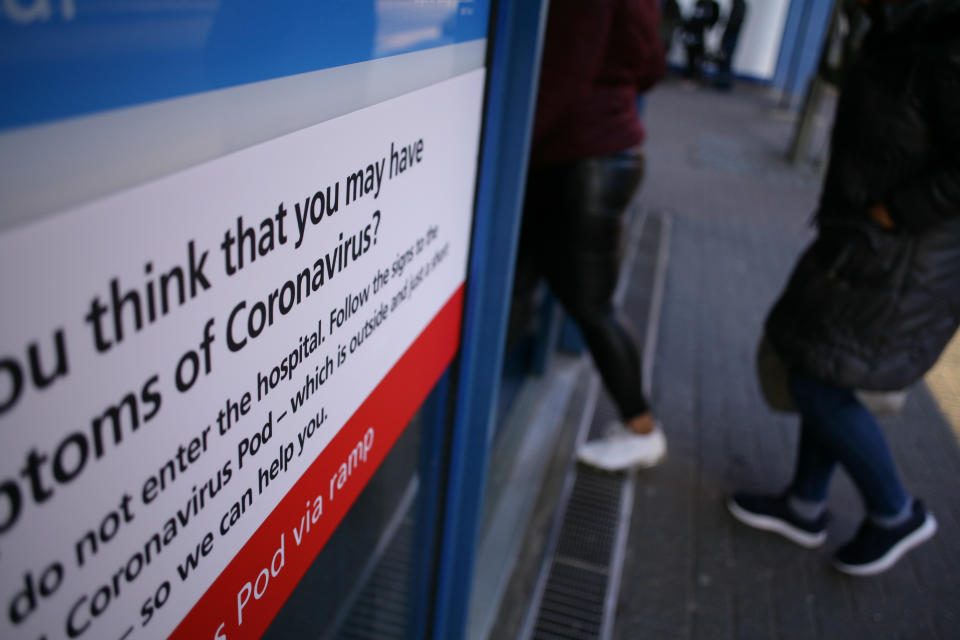
While the global health organisation says 80 per cent of people who are infected with COVID-19 will not require special medical treatment, one in six people who do contract the disease will become “seriously ill” and will have difficulty breathing.
There are some people who are more vulnerable than others and are more at risk. Older people and people with underlying health issues like high blood pressure, diabetes and heart problems are more likely to develop serious illness.
Officials warn 1.5 million people in one Australian state could get coronavirus
'Drink water every 15 minutes': Dangerous coronavirus myths circulating online
The symptoms of the coronavirus has often been compared to the flu, however NSW Health notes proportionately severe and critical cases of COVID-19 are higher than that of influenza.
“They both cause fever and similar respiratory symptoms, which can then range from mild through to severe disease, and sometimes can be fatal,” NSW Health says.
Anyone who is experiencing fever, cough or difficulty breathing should seek medical attention, according to WHO.
How quickly do coronavirus symptoms show and progress?
The time from when you are exposed and then catch the virus until you then develop symptoms is known as the ‘incubation period’.
WHO states the incubation period for the coronavirus is one to 14 days.
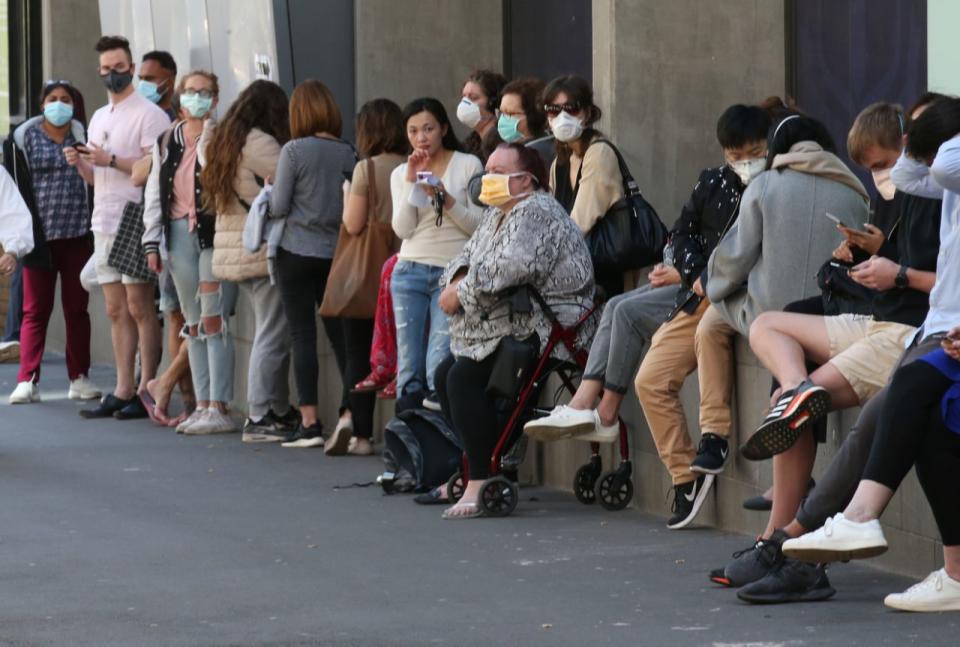
However, NSW Health advises most cases typically develop symptoms five or six days after exposure.
To limit the spread of the virus, it is advised if you come into contact with someone who has COVID-19, or have recently travelled overseas, it is highly recommended by health organisation to self-isolate for 14 days.
As for how long the symptoms will linger, it depends case by case.
How does the coronavirus spread?
COVID-19 is spread person-to-person and by touching objects which have been contaminated by an infected person, according to the WHO.
“The disease can spread from person to person through small droplets from the nose or mouth which are spread when a person with COVID-19 coughs or exhales,” WHO says.
“These droplets land on objects and surfaces around the person. Other people then catch COVID-19 by touching these objects or surfaces, then touching their eyes, nose or mouth.
“People can also catch COVID-19 if they breathe in droplets from a person with COVID-19 who coughs out or exhales droplets.”
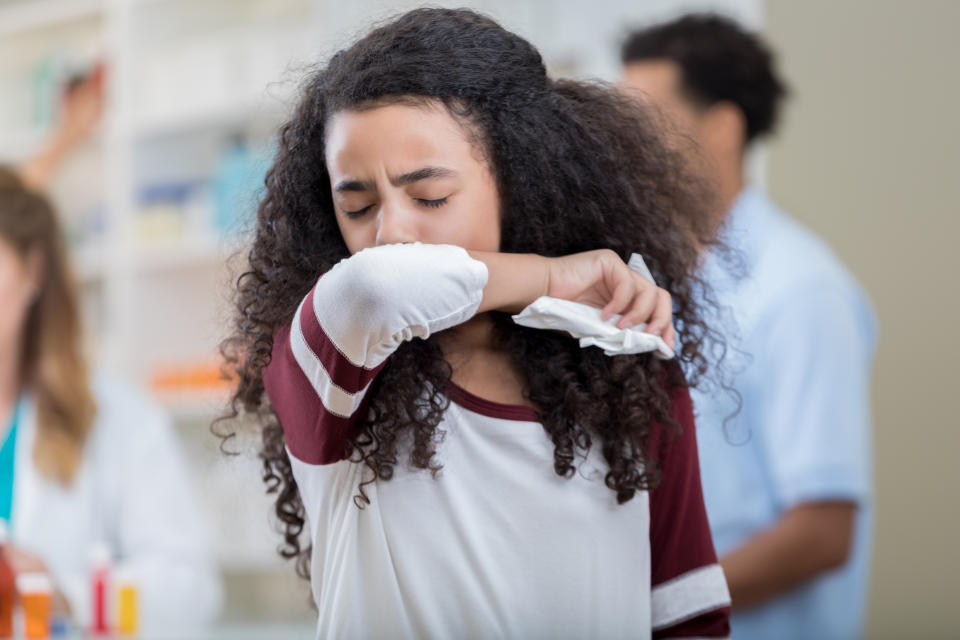
Due to the nature of how the disease is spread, it is advised people stay at least one metre away from someone who is sick.
There is a “very low” chance for someone to catch the disease from an individual who is not exhibiting any symptoms, as the main way the disease is spread is through droplets expelled by an infected person.
However, many people only experience mild symptoms, especially during the early stages of the disease, meaning it is possible to catch COVID-19 from someone who does not feel sick or just has a mild cough.
How do I get tested for the coronavirus?
For example, in NSW you can only get tested for the coronavirus if you meet specific criteria.
This includes either having travelled to one of the countries affected by the virus including Italy and China in the 14 days before the onset of illness.
The other criteria is if they’ve had contact with a confirmed case of COVID-19.
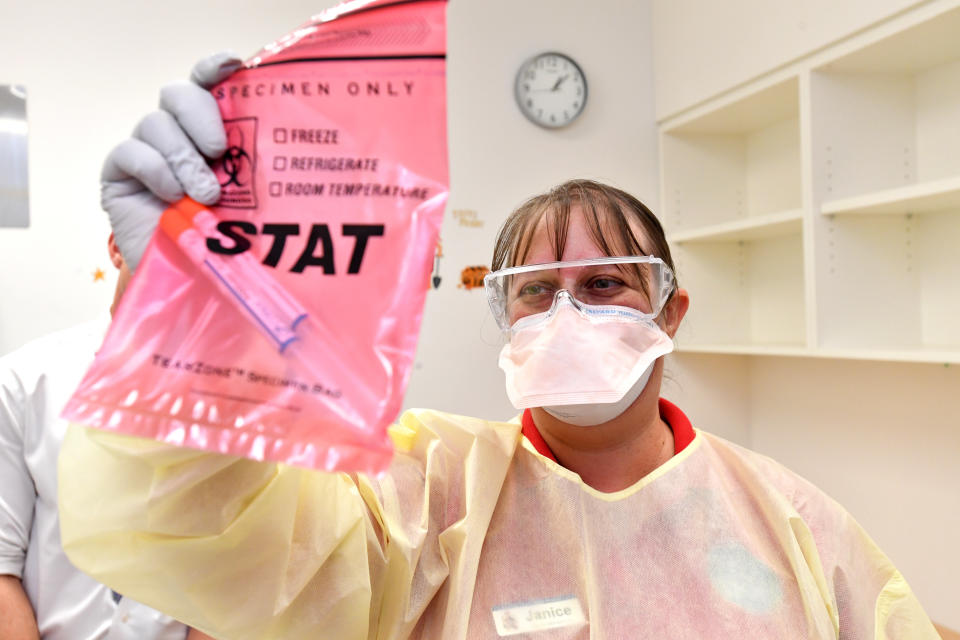
In NSW those who meet this criteria must book an appointment with a private testing facility.
In Queensland and Victoria, if you have returned from overseas in the past 14 days and feel unwell, go see a doctor immediately.
It is recommended if you suspect you have a virus to call ahead and tell your GP prior to visiting, so they can take appropriate precautions.
Seven coronavirus screening clinics are now open across Melbourne.
If people meet testing criteria in South Australia they can go to one of the states five testing clinics.
Though South Australia Health does still advertise for those who have been overseas recently and are feeling unwell to go to their doctor and advise them of your travel history before doing so.
South Australia has also introduced a drive-in testing station at the reactivated Repatriation Health Precinct in Adelaide’s south.
In Western Australia, if anyone believes they have the virus either by being to a country with cases of the disease or having been in contact with someone who has it, is being told to call their doctor.
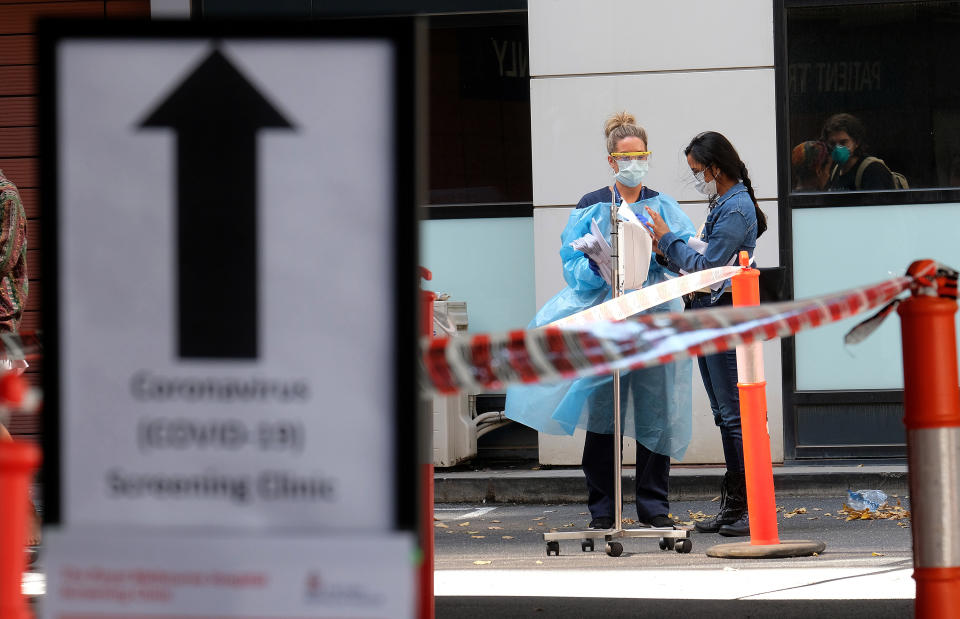
Perth also has clinics which people can go to get tested at if they meet the criteria.
In the Northern Territory, if symptoms develop, people can get tested at most medical centres or GPs.
In Darwin there is a Pandemic Clinic on the campus of Royal Darwin Hospital.
In the ACT, call your GP and let them know you are worried you may have COVID-19 if you are concerned and follow their advice - testing will be arranged if they deem it to be necessary.
In Tasmania, it is advised to call a doctor and they will advise people where to go and what to do next.
Do you have a story tip? Email: newsroomau@yahoonews.com.
You can also follow us on Facebook, Instagram and Twitter and download the Yahoo News app from the App Store or Google Play.





